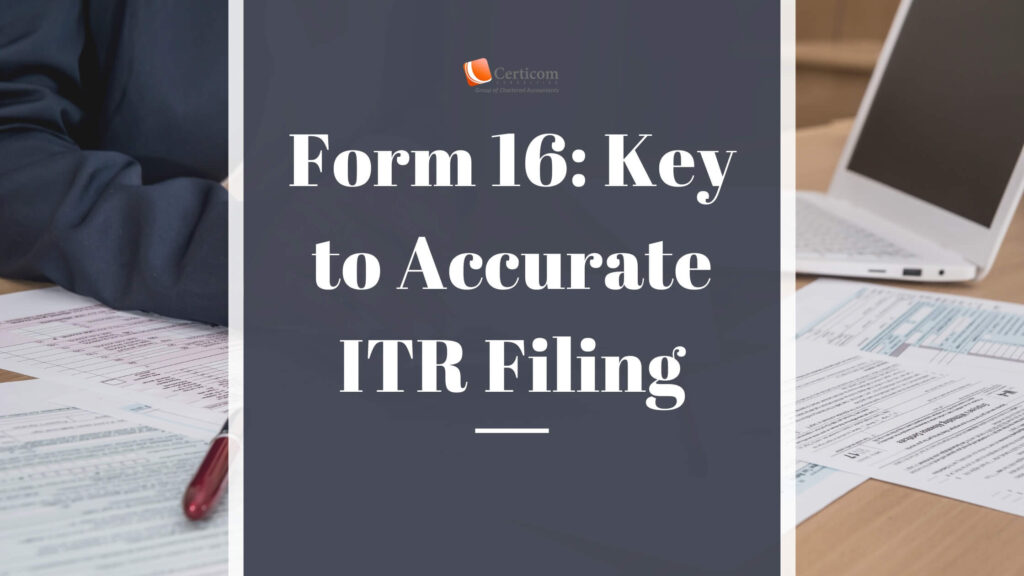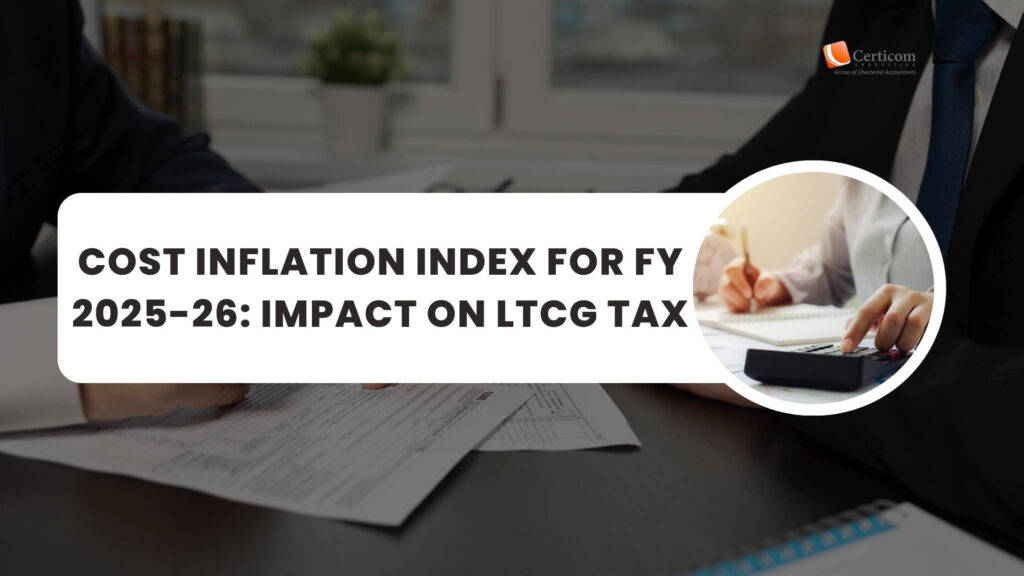Compliance with Section 194A TDS on Interest to NBFCS
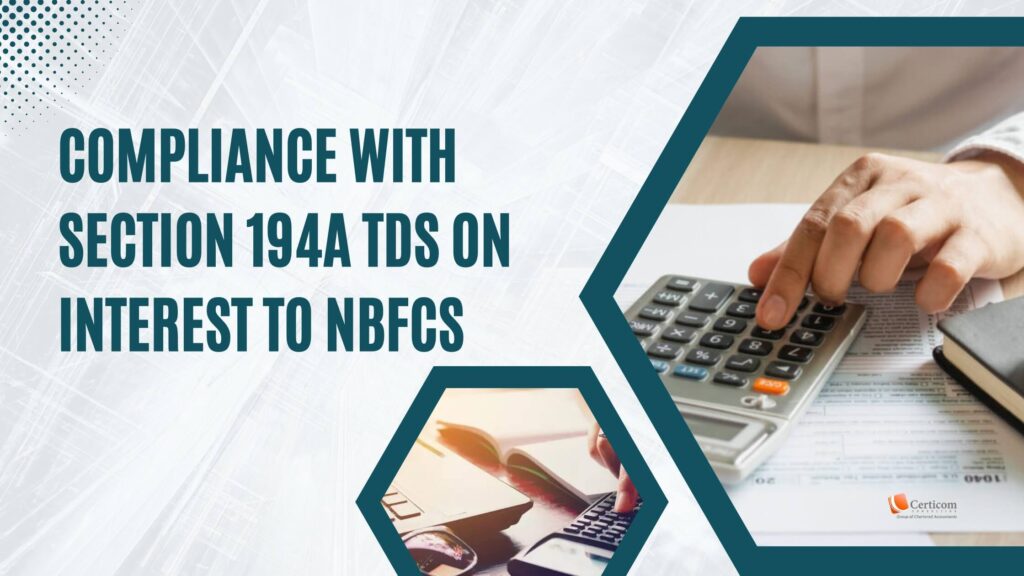
Non-Banking Financial Companies (NBFCs) are essential in helping businesses with their finances. Many firms may not be aware, meanwhile, that interest payments made to NBFCs are subject to Tax Deducted at Source (TDS) responsibilities.
Detailed Analysis
Sec 194A and TDS Obligations
Businesses are required to deduct a 10% tax under Section 194A of the Income Tax Act from interest payments they make to residents who are not categorized as banks, insurance firms, or another specific exception. It’s interesting to note that NBFCs do not qualify as an exception, which implies that firms must subtract a 10% tax from interest payments made to NBFCs.
Consequences of Non-Compliance
The repercussions of failing to deduct the proper tax might be severe. Businesses may impose a 30% disallowance on the interest amount in such circumstances. As a result, the prohibited amount may be subject to up to 30% tax, which equates to a 9% ta
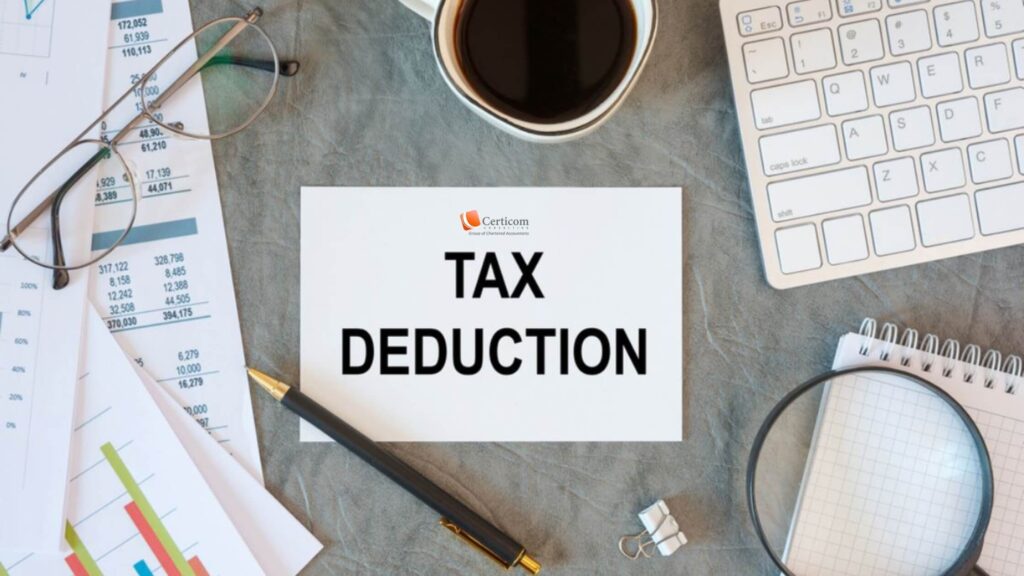
Challenges in TDS Compliance
It is not always easy to comply with TDS on interest payments to NBFCs. The practical problem of deducting tax from Equated Monthly Installments (EMIs) paid to NBFCs is a substantial barrier. Businesses may not be able to deduct tax on the interest component of EMIs because payment portals may not accept payments that are less than the full EMI amount.
Challenges in TDS Compliance
It is not always easy to comply with TDS on interest payments to NBFCs. The practical problem of deducting tax from Equated Monthly Installments (EMIs) paid to NBFCs is a substantial barrier. Businesses may not be able to deduct tax on the interest component of EMIs because payment portals may not accept payments that are less than the full EMI amount.
Potential Solutions
This impasse is being resolved using a workable procedure:
Identify Interest Component
In order to determine the interest component in each EMI, businesses must look at the loan repayment schedule offered by NBFCs.
Calculate and Pay TDS
Businesses can compute TDS at a rate of 10% on this sum after determining the interest component. The TDS must subsequently be paid out of pocket by them.
Report TDS
In their E-TDS returns, businesses should disclose the TDS they have paid.
Generate TDS Certificates
After processing the TDS Returns, they can generate TDS certificates (in Form 16A).
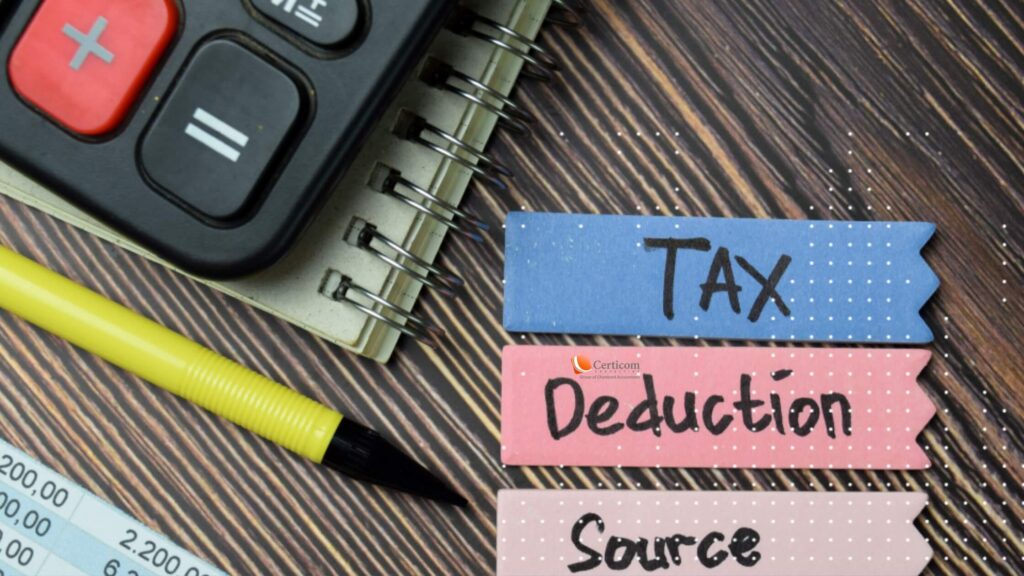
Apply for Refund
Businesses can send a letter of request for a refund to the NBFC in order to get back the TDS they personally paid for.
Businesses will continue to encounter similar difficulties until the government equalizes NBFCs and banks for TDS reasons.
Businesses must traverse the complicated world of TDS compliance when making interest payments to NBFCs. If the legal duty to withhold 10% tax from such payments is not followed, it could have a negative financial impact and result in penalties. Although there are practical difficulties, companies can use the specified procedure to maintain compliance and request reimbursements for TDS paid out of pocket. To avoid financial penalties and keep their good standing with tax authorities, businesses must stay educated and proactive about their TDS requirements.
Related Post
Cost Inflation Index for FY 2025-26: Impact on LTCG Tax
Loan Interest Deductions: How to Claim and Avoid Tax Scrutiny
Book A One To One Consultation Now For FREE
How can we help? *


